Separate THz time domain spectrometer
Short-stroke 3D scanning displacement table TA-SS1 - Parameter
Long-stroke 3D scanning displacement table TA-SL1 - Parameter
Cylindrical scanning rotary displacement table TA-SR1 - Parameter
Robotic arm universal sampling module TA-SMA1 - Parameter
THz Multi-function measuring probe TA-CRA - Parameter
THz rotary disk measuring probe TA-CP-23-180 - Parameter
THz Integrated measuring probe TA-JC-100 - Parameter
THz small Angle incidence reflection measurement probe TA-RP15 - Parameter
THz transmission measuring probe TA-TP180 - Parameter
LA-HT01-TDS-SEP - Parameter
Short-stroke 3D scanning displacement table TA-SS1 - Download
Long-stroke 3D scanning displacement table TA-SL1 - Download
Cylindrical scanning rotary displacement table TA-SR1 - Download
Robotic arm universal sampling module TA-SMA1 - Download
THz Multi-function measuring probe TA-CRA - Download
THz rotary disk measuring probe TA-CP-23-180 - Download
THz Integrated measuring probe TA-JC-100 - Download
THz small Angle incidence reflection measurement probe TA-RP15 - Download
THz transmission measuring probe TA-TP180 - Download
LA-HT01-TDS-SEP - Download
Accessories
| Compare |
Model |
|
Drawings & Specs |
Availability |
Reference Price
(USD) |
|
|
|
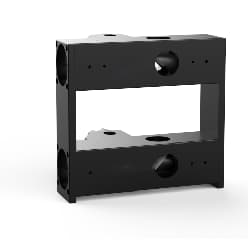 |
THz transmission measuring probe TA-TP180
Measurement mode: transmission spectrum, transmission imaging
|
|
4~6 weeks |
$3603.89 |
|
|
|
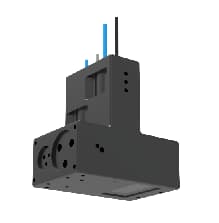 |
THz small Angle incidence reflection measurement probe TA-RP15
Measurement mode: reflection spectrum, reflection imaging; Reflection Angle: The Angle between incident beam and sample normal is 7.5°; Focal length: 101.6 mm
|
|
4~6 weeks |
$3003.24 |
|
|
|
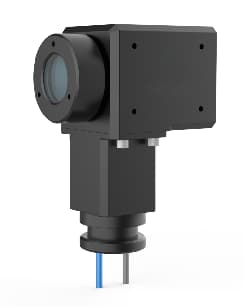 |
THz Integrated measuring probe TA-JC-100
Measurement mode: angle measurement, measurable spectrum, imaging; Focal length: 50.8/101 mm
|
|
4~6 weeks |
$6006.49 |
|
|
|
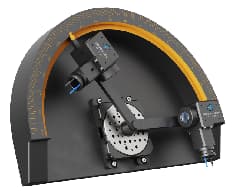 |
THz rotary disk measuring probe TA-CP-23-180
Measurement mode: angle measurement, measurable spectrum, imaging; Measuring angle: 23 ° -180 °
|
|
4~6 weeks |
$7207.78 |
|
|
|
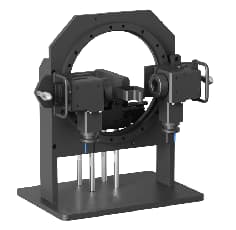 |
THz Multi-function measuring probe TA-CRA
Measurement mode: angle measurement, measurable spectrum, imaging; Focal length: 50.8/101
|
|
4~6 weeks |
$10010.81 |
|
|
|
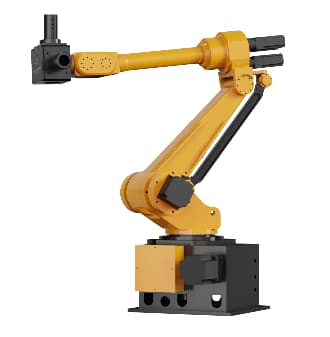 |
Robotic arm universal sampling module TA-SMA1
Mechanical arm payload: 15KG; Working radius: 900mm; Repeated positioning accuracy: 0.05mm
|
|
4~6 weeks |
$3003.24 |
|
|
|
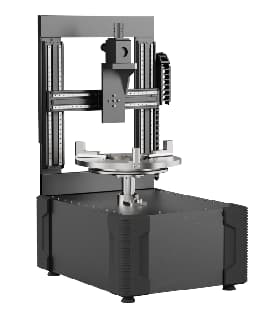 |
Cylindrical scanning rotary displacement table TA-SR1
0-360 ° uninterrupted rotation ;Sample table maximum load: 20KG
|
|
4~6 weeks |
$5606.05 |
|
|
|
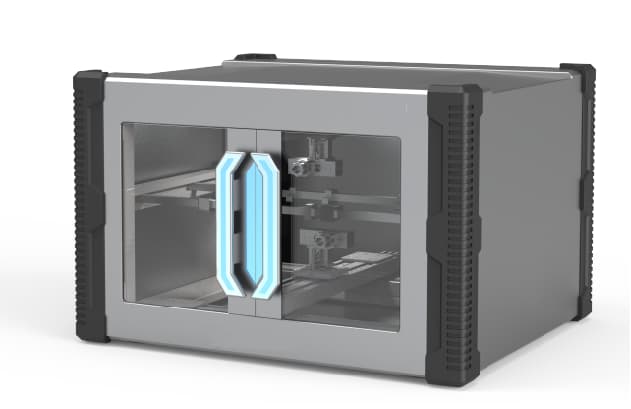 |
Long-stroke 3D scanning displacement table TA-SL1
X and Y axis displacement stages are used for sample scanning, and Z axis displacement stages are used for probe focusing
|
|
4~6 weeks |
$8008.65 |
|
|
|
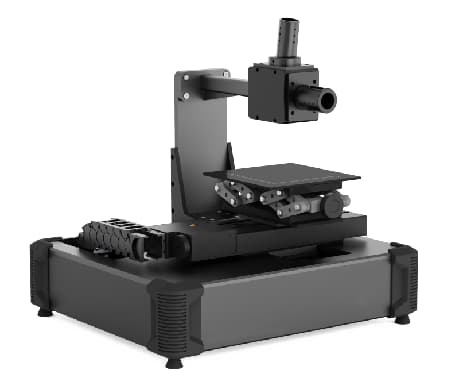 |
Short-stroke 3D scanning displacement table TA-SS1
Imaging range: ≥ 100mm * 100mm; Scan step: 10 um; Repeat positioning accuracy: < 5 um; Sample table height adjustment range: ≥ 10mm; Working mode: movement to the specified position, linkage, jog
|
|
4~6 weeks |
$5606.05 |
|